Capture your idea.
My goal as a recording engineer is to capture your best performance with the most appropriate sonic characteristics.
Bringing experience in recording vocals, drums, bass, guitars, piano, double bass, flutes, violins, orchestras, percussive instruments, and more, spanning across various genres and multiple studios.
Feel free to share your ideas and aspirations, and let's embark on this incredible journey of creating a record together.
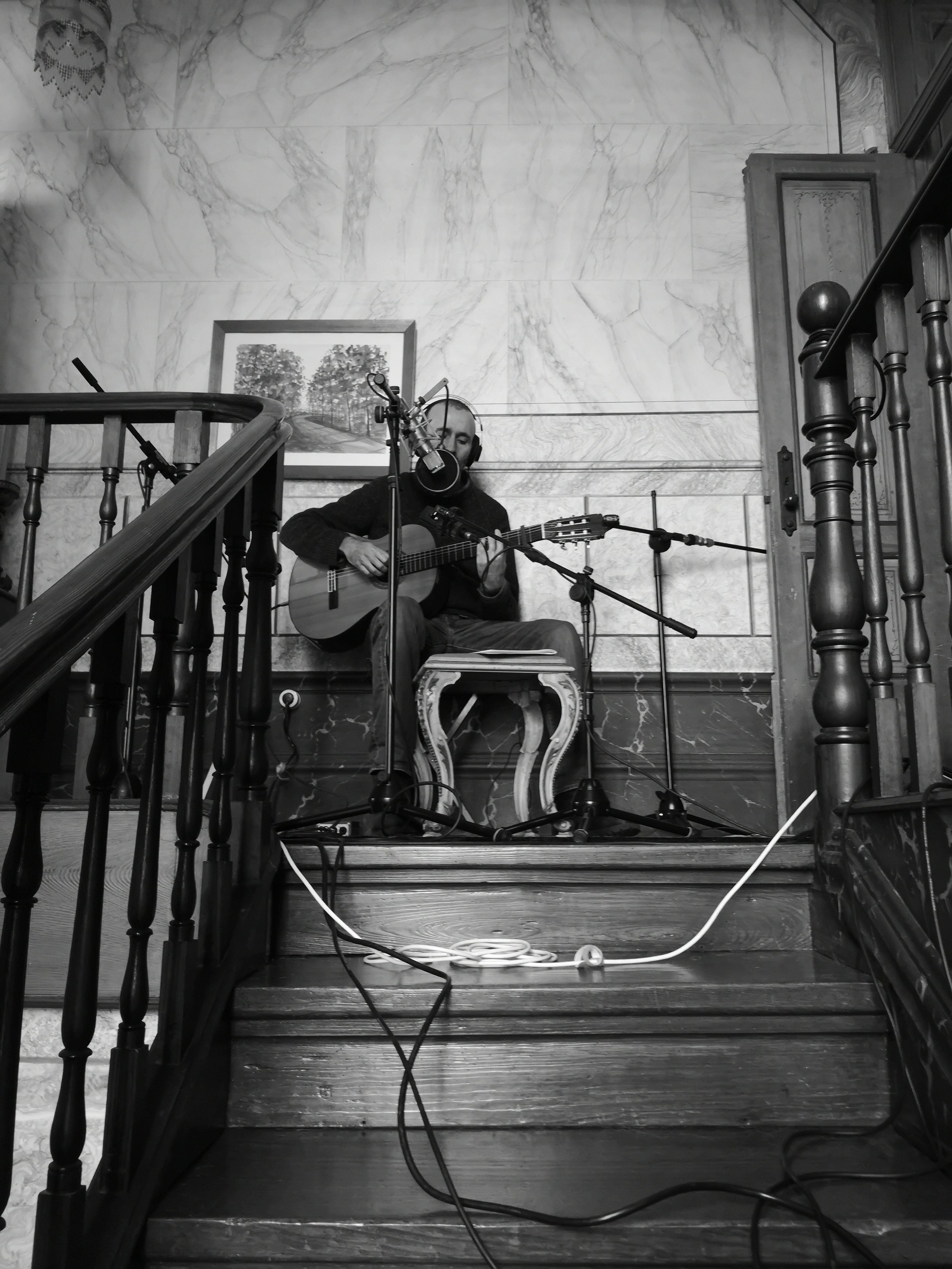
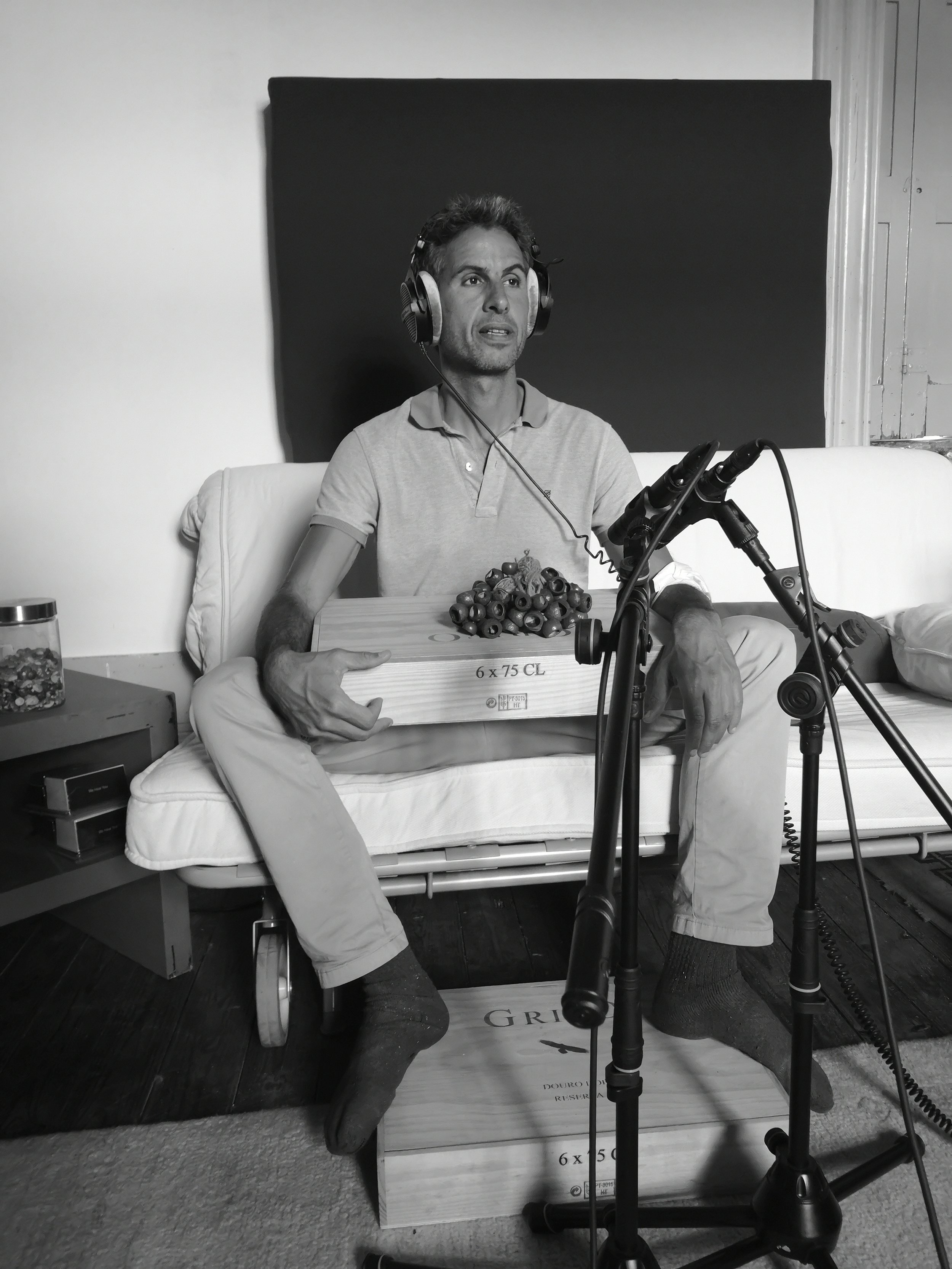
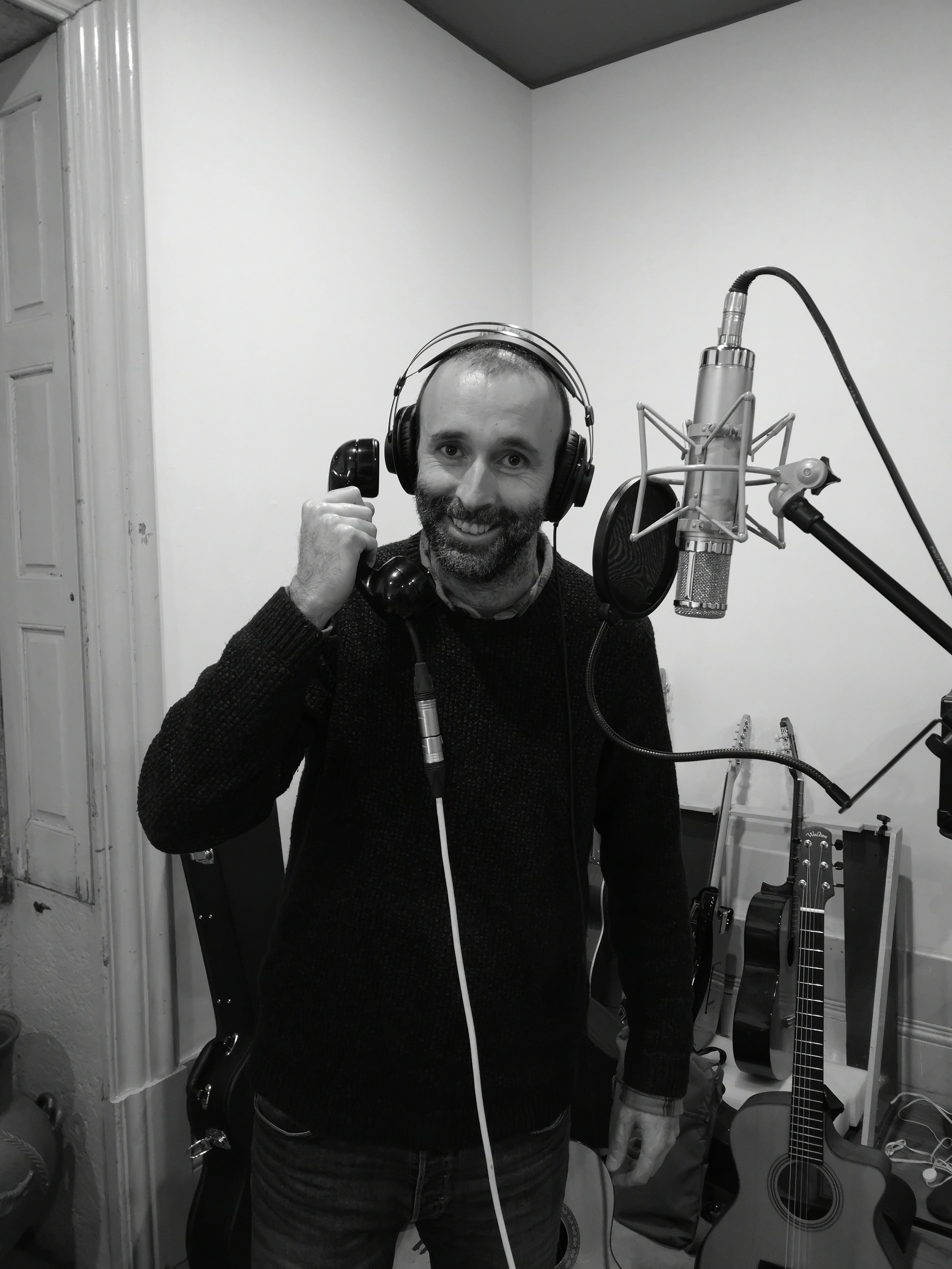
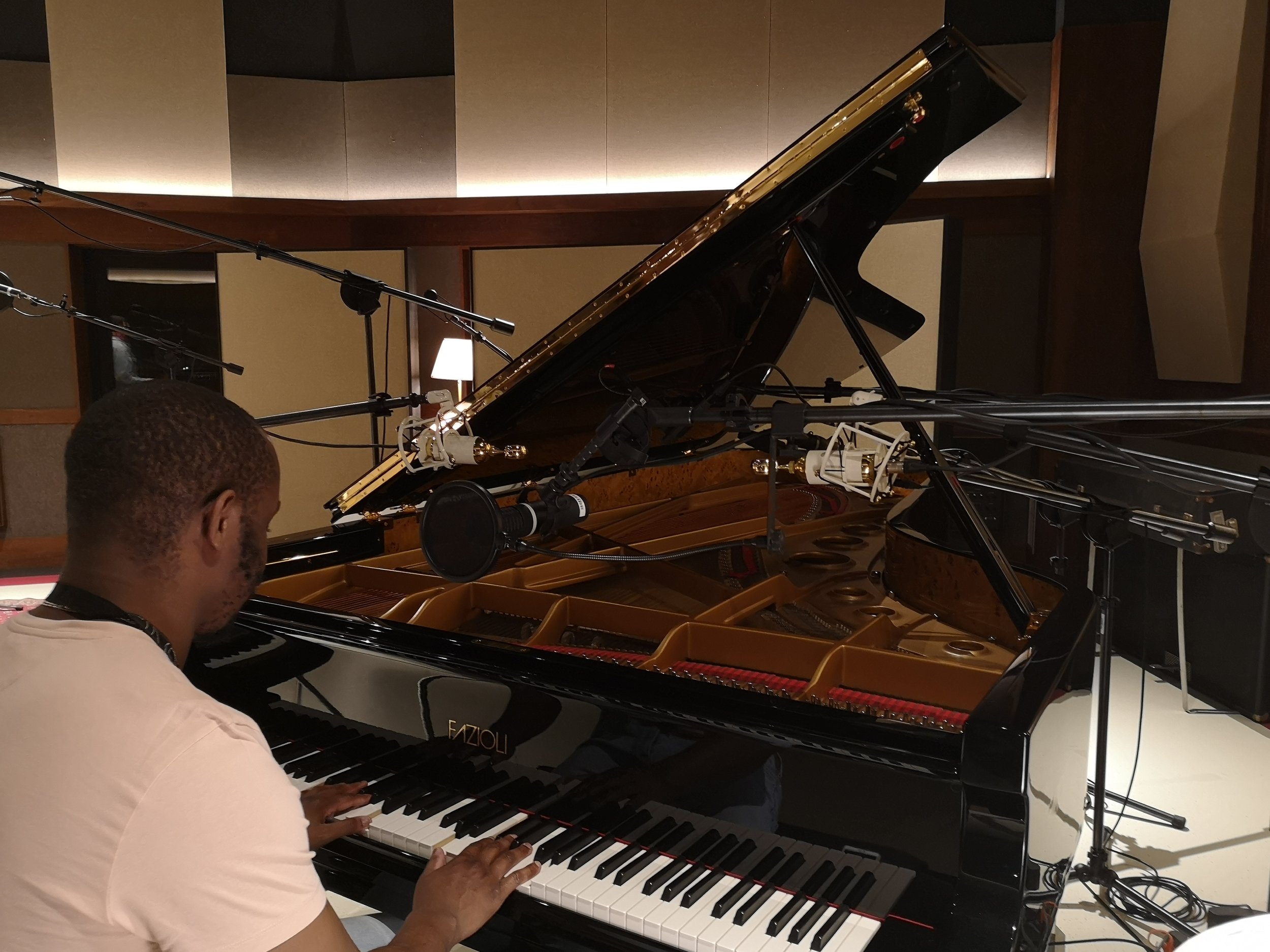
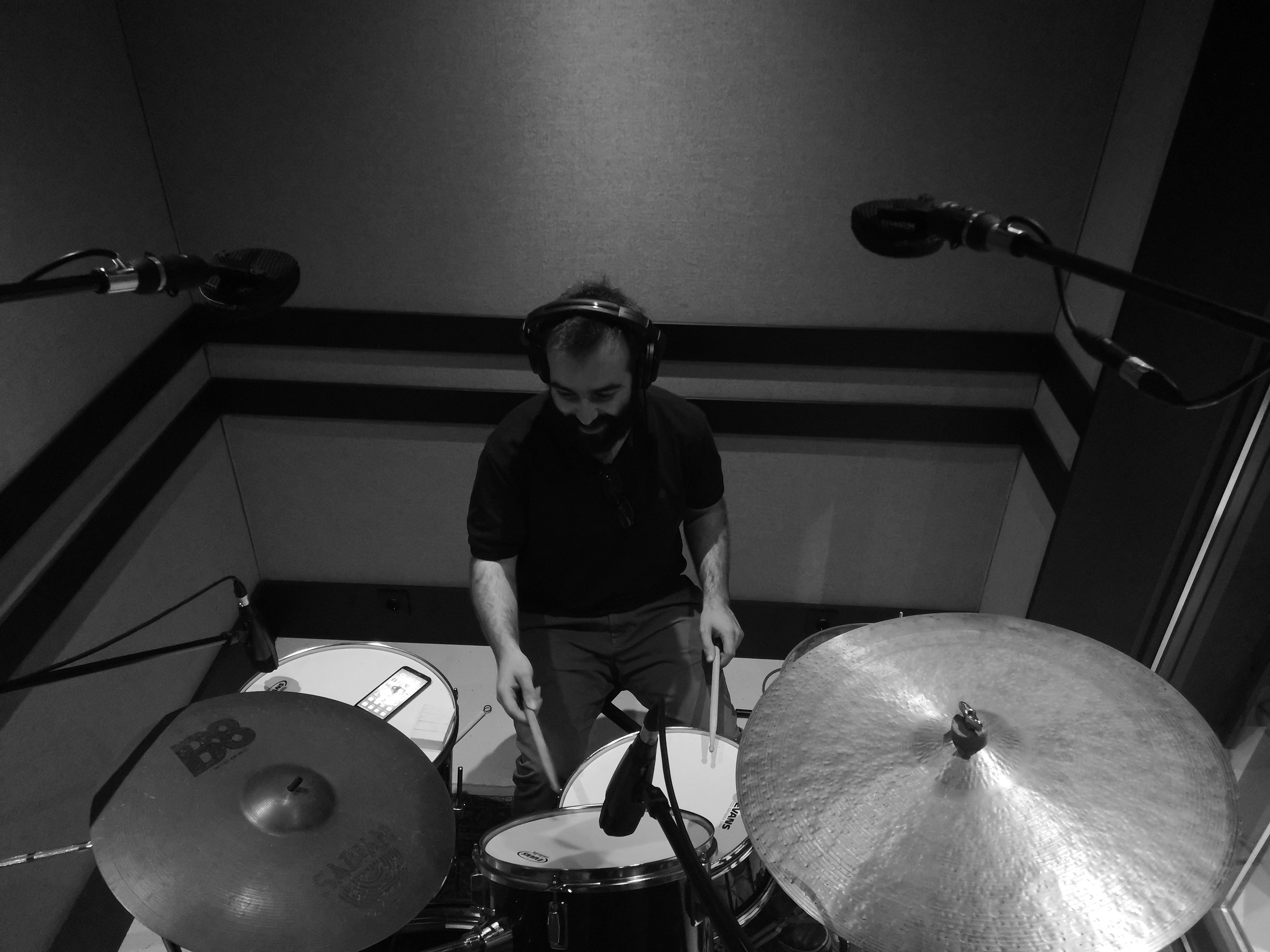
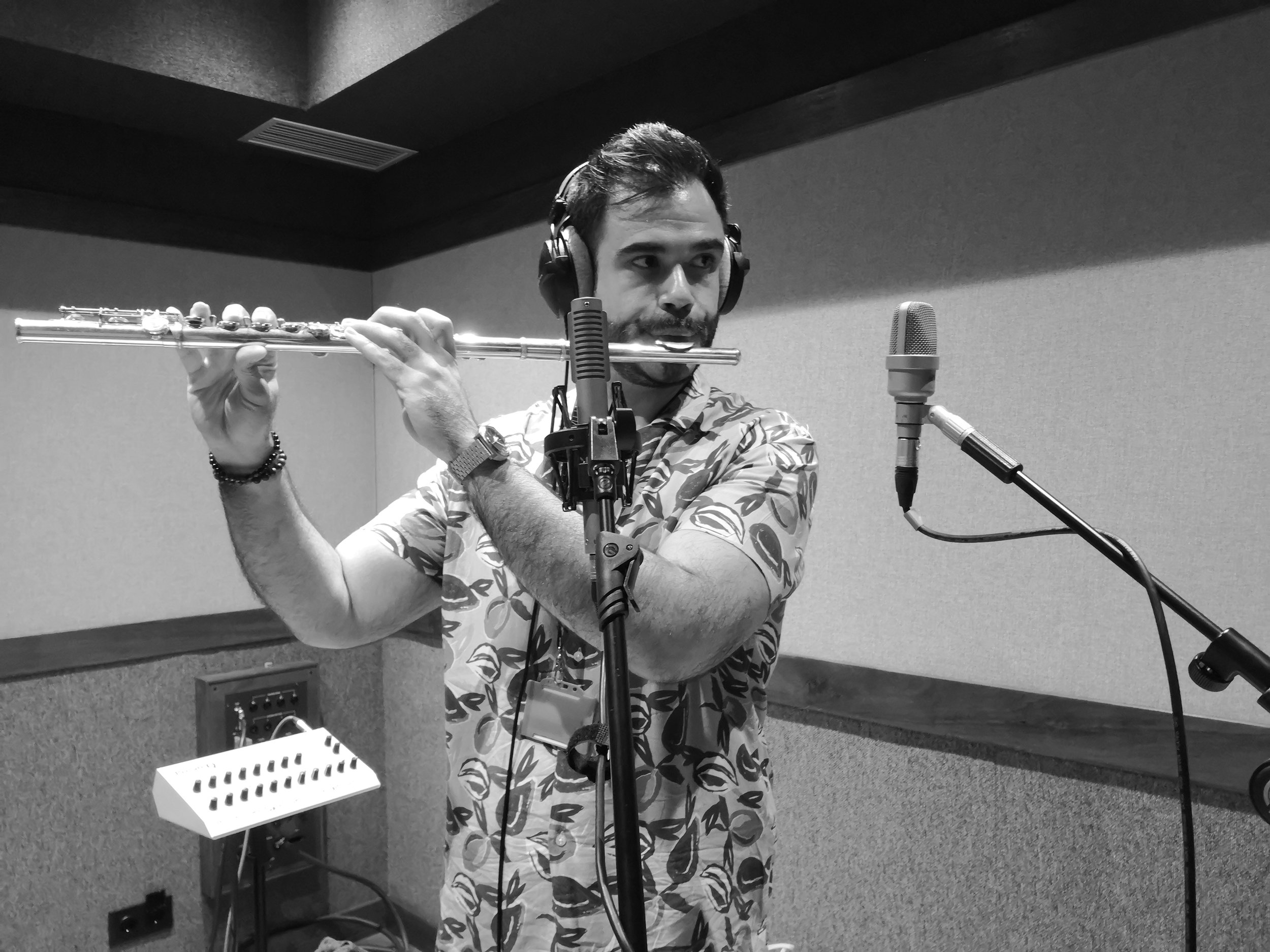
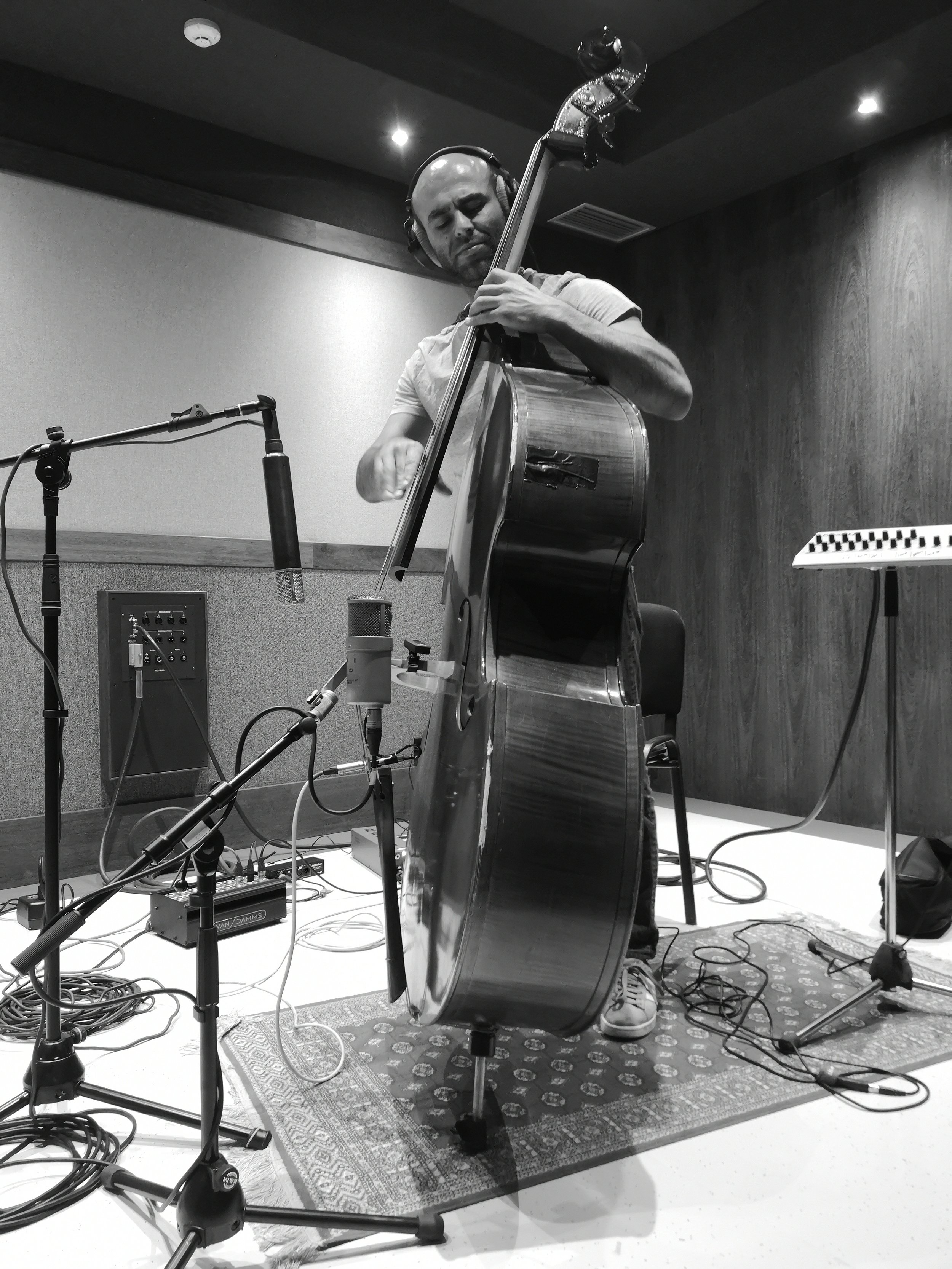
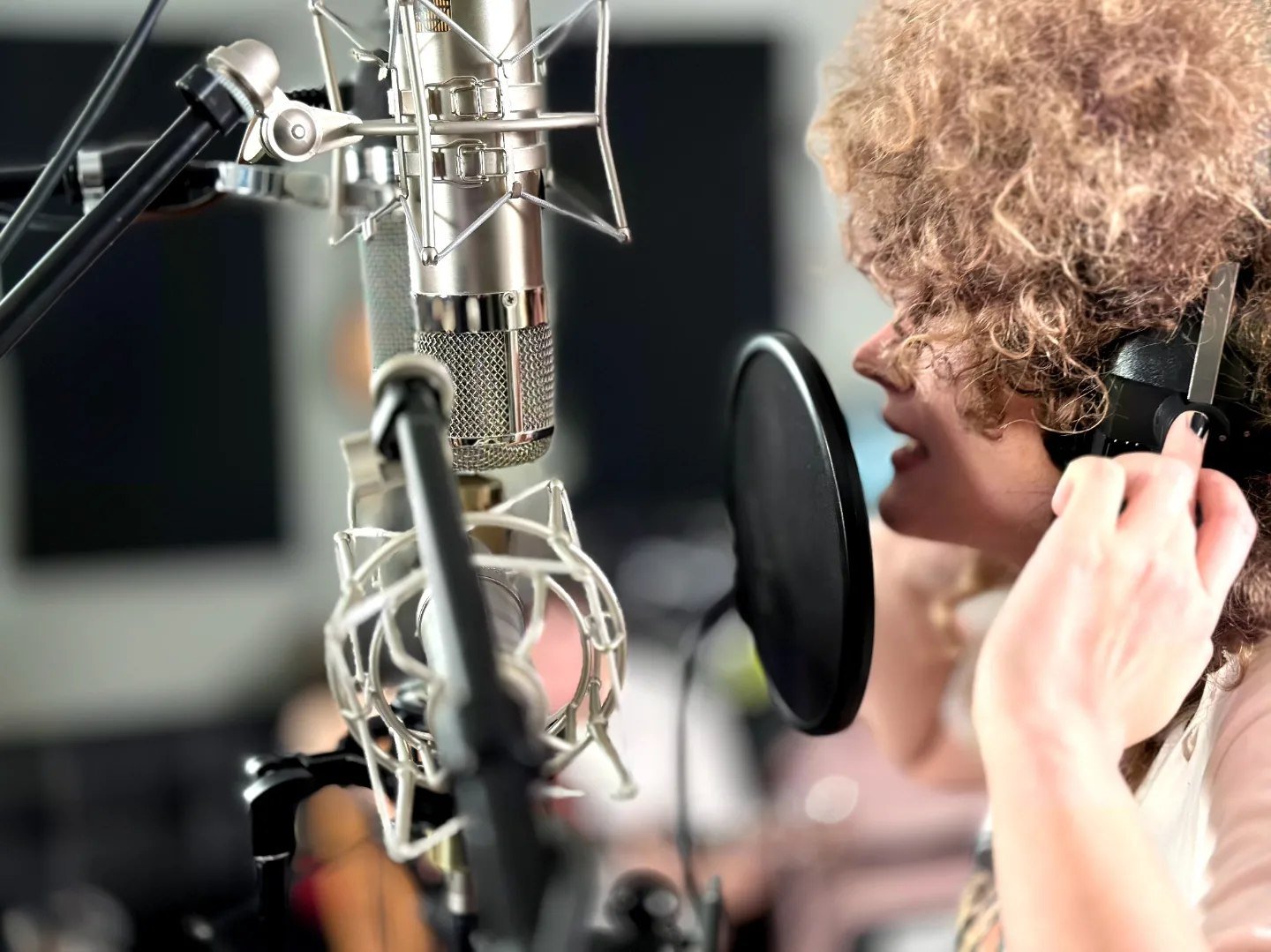
FAQS
During tracking days, it's crucial to focus all attention on performance and sound. A well-organized session can significantly contribute to a smooth process. Here are some FAQs to assist you in structuring your session effectively.
-
In Porto, I handle smaller projects and overdubs in my personal studio. For larger projects, I have arrangements with other recording studios.
Meanwhile, in Tallinn, I collaborate with Margus Alviste at Funki Factori Studio.
-
Live tracking involves recording multiple musicians simultaneously, capturing the energy of a collective performance. On the other hand, overdubbing records individual musicians separately. The choice between these methods, or a combination of both, depends on various factors. Considerations include the chemistry between musicians, attention to each performer, potential bleeding issues, time management, and other relevant factors. Ultimately, the decision rests with the band and the producer, tailored to the specific needs and dynamics of the recording session.
-
Bleeding occurs when an undesired sound is picked up by the microphone of the intended source. This can be another instrument played by a different performer or ambient noises like a metronome through headphones.
Importance of Mentioning Bleeding:
Recording live with instruments bleeding into each other may limit options in post-production, impacting:
Re-recording: Bleeding, like guitar sound into drum takes, can conflict if re-recording is needed.
Editing: Challenges may arise when wanting to combine elements from different takes.
Tuning: Vocal tuning, for example, can be affected if the untuned version bleeds into other microphones.
Using a direct input (D.I.) can mitigate bleeding in live tracking situations, providing a cleaner recording option.
-
In scenarios where live tracking involves separated instruments — whether due to being in different rooms, having amps isolated, or performers using a direct input (DI), bleeding is no longer an issue.
-
The choice between using a metronome or not ultimately depends on the decisions of the performers and producers. While both options have their pros and cons, it's essential to be aware of potential challenges:
Recording Overdubs: The absence of a metronome during recording overdubbed instruments might introduce difficulties, making it harder to seamlessly add more instruments.
Editing Challenges: Editing tasks, such as incorporating different takes or quantizing tracks, may encounter issues when the recording lacks a metronomic reference. It's crucial to weigh these factors based on the specific needs and preferences of the recording session.
-
Improving your recordings dramatically often begins with the proper setup of instruments and equipment. Here are some examples:
Utilize new drum heads and ensure proper tuning for optimal sound.
Equip new guitar strings, accompanied by the appropriate setup for the desired tuning.
Address and fix any unwanted noises originating from amps and pedals.
-
Tracking rates are subject to various factors. Please feel free to contact me for a detailed budget tailored to your project.

